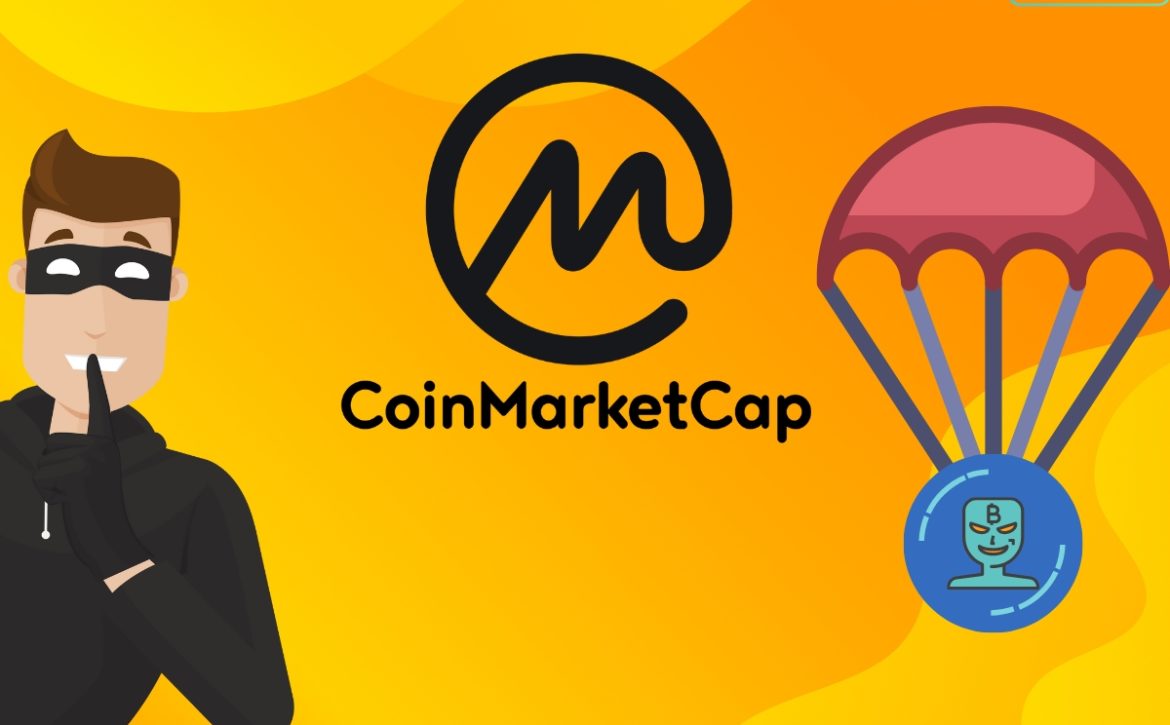How the SEC lawsuits will affect global crypto market
Our Crypto Upvotes experts analyzed the claims of the regulator and told about their impact and implications for the entire crypto industry
The U.S. Securities and Exchange Commission (SEC) has filed lawsuits against two of the world’s largest cryptocurrency exchanges – Binance and Coinbase. The regulator is making a number of allegations against both. And the main ones are the recognition of a number of cryptocurrency assets that are traded on the platforms as unregistered securities. Which fall under the jurisdiction of the regulator.
In the June 5 lawsuit against Binance and the June 6 lawsuit against Coinbase, the regulator named several cryptocurrencies as securities:
In the first case they were Solana (SOL), Cardano (ADA), Polygon (MATIC), Filecoin (FIL), Cosmos (ATOM). And Sandbox (SAND), Decentraland (MANA), Algorand (ALGO), Axie Infinity (AXS) and COTI (COTI).
The second added Chiliz (CHZ), Flow (FLOW), Internet Computer (ICP), NEAR Protocol (NEAR). And Voyager VGX (VGX), Dash (DASH) and NEXO (NEXO).
Speaking on CNBC after the Coinbase lawsuit was filed, SEC head Gary Gensler said that cryptocurrencies are essentially unnecessary at all. “We don’t need more digital currency. We already have a digital currency. It’s called the U.S. dollar. It’s called the euro or the yen. They’re all digital now,” the head of the commission said. On Bloomberg, he later advised the cryptosphere to bring its business in line with government policy. Otherwise it risks “falling apart like a house of cards.”
SEC targets seriously and will not back down
The lawsuits have just been filed, and there is no court precedent yet to say how the process will go and what decision will be made. But based on the trend, the SEC is aiming seriously and will not back down.
But respondents (Binance, Coinbase and other companies) can refer to the fact that the regulation does not contain clear criteria for classifying this or that cryptocurrency as a security. And because of that, each company decides for itself which cryptocurrencies to work with and which not.
If there is at least one positive decision in favor of the SEC. In that case, the precedent system will play against exchanges working with the same cryptocurrencies. Binance and Coinbase are not the only companies being sued, the regulator’s website shows. But these two companies are the largest in the world and work with clients from a large number of countries. And that is why there is more interest in them.
This method of regulation shows that the regulator does not want to limit itself by the law, each time solving the issue through the courts. This approach expands its opportunities in relation to specific players in the market. And which contradicts the stability of the civil turnover.
We can expect a large number of lawsuits from the SEC
The new lawsuits are almost a classic SEC claim about trading securities in the absence of registration. In the case of crypto-assets, any level of dispute will require a determination. Whether the crypto-assets traded on the site are securities in terms of U.S. law.
Moving the SEC’s claims to court might be necessary, for example, to give precedent to the recognition of a particular crypto-asset as a security. This would make it easier to prosecute other venues that trade similar crypto-assets in the future.
Our experts note that similar claims were made in April against a number of companies and citizens. Which are related to crypto exchange Bittrex, we can expect a large number of lawsuits against other major crypto exchanges as well. That said, as we can see, the SEC is not limited to U.S. jurisdictions.
Historic event
In the US, there is still no separate legislation for the cryptocurrency industry. The situation is still at the stage of trying to divide influence between the SEC and the CFTC (Commodity Futures Trading Commission). Both agencies would like to have control and influence over the cryptocurrency industry. And so both regularly issue statements along the lines of “all cryptocurrency falls under securities law” or “all cryptocurrency is a commodity”.
As a result of this confrontation, there are still no clear norms for valuation and assignment of assets to a particular class. Whereas in the European Union, a set of rules has already been developed. And even signed a set of rules for crypto-business called Markets in Crypto-Asset (MiCA).
The opposition is interesting and in some ways even historic in the development of the crypto industry. It really is a kind of fateful moment. And that will determine the vector of further development for several years. However, it will not take a week or a month for the situation to develop and the first decision on such a lawsuit will be a precedent.









